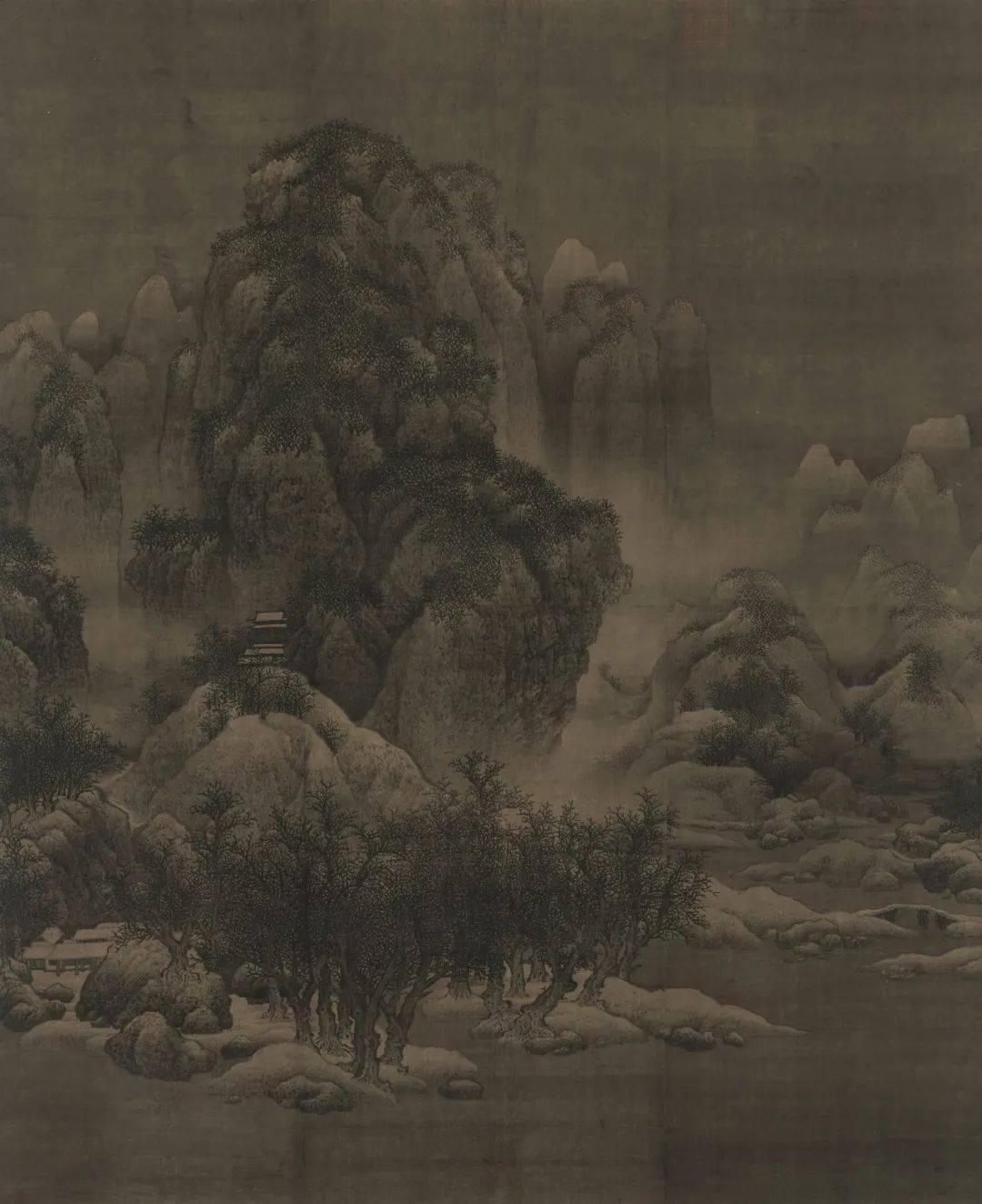The so-called Four Seas is actually one sea, but people often call what they see in the south the South Sea and what they see in the north the North Sea. This can be fully confirmed in historical records.
Yan Daofu(嚴道甫), while traveling in the areas of Shaanxi and Gansu, once met with Duke Wu(伍公), the sincere and resolute. Duke Wu told Yan Daofu: During the reign of Emperor Yongzheng, he was ordered to visit the area of Eluosi and heard that there was a sea at its northern border. He requested to go and see it. The people of Eluosi felt very troubled. Duke Wu insisted on going, so the people of Eluosi reluctantly sent twenty Westerners with him. They carried compasses, firearms, and also prepared a carriage enclosed with several layers of felt for Duke Wu to ride in. The Westerners and Duke Wu’s entourage rode camels and followed Duke Wu northward.
After six or seven days, a huge iceberg appeared ahead, resembling a city. The peak of that iceberg soared into the sky, shining with a cold light that made it difficult to keep one’s eyes open. Beneath the ice peak was an ice cave. The Westerners used torches to illuminate the compass and guided everyone inside. The cave twisted and turned, and they walked for three days inside before coming out through another cave opening.
Upon exiting the ice cave, the sky was dim like the color of tortoiseshell, and occasional gusts of black smoke blew in, hitting people’s faces like gravel. The Westerners said, ‘This is called Black Frost.’ From then on, every few miles they walked, whenever they saw a mountain cave, they would enter to avoid the Black Frost. They used sulfur carried with them to light fires because nothing grew in that place, and there was no coal or anything else to start a fire. After resting for a while, they continued forward.
In this manner, they walked for another five or six days until they encountered a pair of bronze statues standing on either side. Each bronze statue was tens of zhang high. One stood on the back of a tortoise, and the other rode on a huge snake, holding the raised neck of the snake. Between the two bronze statues was a bronze pillar inscribed with some tadpole-shaped characters, but they couldn’t make out what they meant. The Westerners explained, ‘These statues and the bronze pillar were erected by the Chinese Emperor Yao of the Tang dynasty. It’s said that the tadpole-shaped seal script on the bronze pillar means “Gate of Cold(寒門).”‘ The Westerners then took this opportunity to advise Duke Wu to return, saying, ‘From here to the sea, it’s about three hundred li away. There, there’s no daylight, bone-penetrating cold, and anyone affected by the cold will undoubtedly die. The sea there looks like black lacquer, and the ice can crack at any moment. At night, demons and monsters come to capture people. When we get there, our water won’t flow, and fire won’t ignite.’ Duke Wu tried to ignite his sable fur coat but couldn’t, so he sighed and agreed to start the return journey.
Back at the Eluosi mansion, Duke Wu counted his entourage and found that out of fifty attendants, twenty-one had frozen to death along the way. Duke Wu himself was as black as ink and only recovered his original complexion after half a year. Some of his attendants turned permanently black-faced and could never regain their original appearance.
Translator’s Notes:
This is a terrifying adventure story set in Russia, written by people from the Qing Dynasty in China, filled with bizarre and curious imaginations. The mention of ‘Eluosi’ in the text sounds very close in pronunciation to Russia.
Translated from《黑霜》in 《子不語》:
四海本一海也,南方見之為南海,北方見之為北海,證之經傳皆然。嚴道甫向客秦中,晤誠毅伯伍公,云:
雍正間,奉使鄂勒,素聞有海在北界,欲往視,國人難之。固請,乃派西洋人二十名,持羅盤火器,以重氈裹車,從者皆乘橐駝隨往。
北行六七日,見有冰山如城郭,其高入天,光氣不可逼視。下有洞穴,從人以火照羅盤,蜿蟺而入。行三日乃出,出則天色黯淡如玳瑁,間有黑煙吹來,著人如砂礫。洋人云:「此黑霜也。」每行數里,得巖穴則避入,以硝磺發火,蓋其地不生草木,無煤炭也。逾時復行。
如是又五六日,有二銅人對峙,高數十丈,一乘龜,一握蛇,前有銅柱,虫篆不可辨。洋人云:「此唐堯皇帝所立,相傳柱上乃『寒門』二字。」因請回車,云:「前去到海,約三百里不見星日,寒氣切肌,中之即死。海水黑色如漆,時復開裂,則有夜叉怪獸起來攫人。至是水亦不流,火亦不熱。」公因以火著貂裘上試之,果不燃,因太息而回。
入城,檢點從者,五十人凍死者二十有一。公面黑如漆,半載始復故,隨從人有終身不再白者。


Comments are closed.